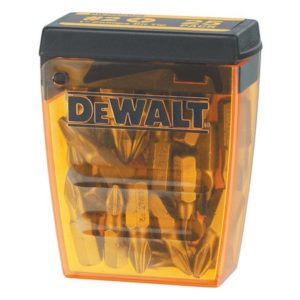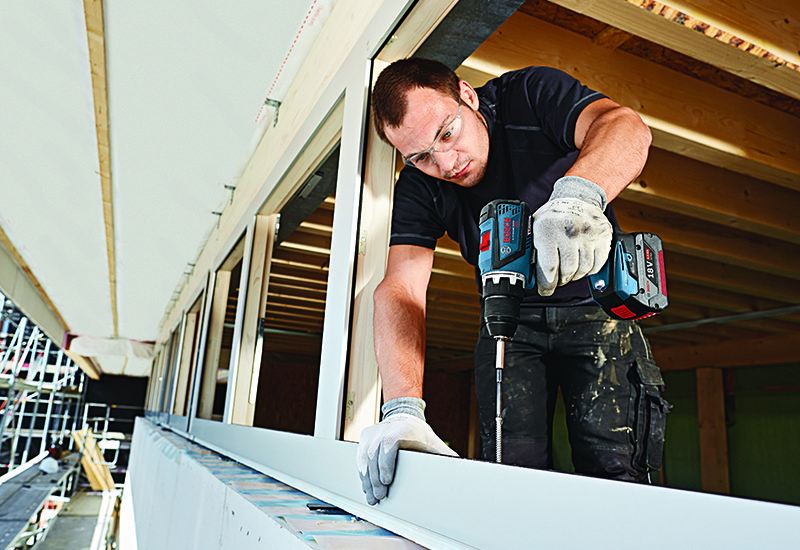You just bought your first cordless drill. Now what? A whole new world awaits you! The cordless drill is one of the most versatile power tools around. It can drill holes, drive screws, sand, stir paint, and on and on and on. Moreover, it is a cinch to use if you understand the basics well.
What Do You Need To Know?

Let’s start with the typical settings and features. On most, if not all, drills, you should have both a forward and a reverse switch; the forward option spins the chuck clockwise, and vice versa for the reverse option. What you should also look for is your drill’s variable speed trigger. The harder you squeeze this, the faster your chuck will spin. Moreover, high speed is for lighter tasks, like drilling small holes. Low speed is used when more power and torque are needed, like driving screws.
Clutch
Besides the high/low-speed switch, there is usually an adjustable clutch that also controls torque and can keep you from overdriving. The clutch is adjusted by turning a ring that has numbers on it. The higher the number, the higher the torque.
Chuck
The chuck is the part of the drill that holds the bits. You do not need a key to tighten the chuck. Insert the bit and turn the chuck until it grips the bit securely. Most chucks can manage round and hex-shaped bits three-eighths” in diameter or smaller.
Power Tool Accessories
Your cordless drill came with at least one battery and a charger. Since your drill is brand new, the battery is made of lithium-ion. This battery provides long-lasting power and allows you to keep it on the charger until needed. (Other types of batteries should only be on the charger until fully charged.)
Know The Basic Operating Procedures
To safely get the best performance from your drill, follow the below instructions and guidelines:
- Wear eye protection.
- Ensure your workpiece is secure before drilling.
- Back up the workpiece with a scrap piece of wood.
- When drilling larger diameter holes, start with a smaller pilot hole.
- Always hold the drill so that the bit is perpendicular to the workpiece.
- Don’t exert a lot of downward pressure. The drill should do the work…not you!
- Back the bit out slightly after each ¼” of drilling depth as you drill.
- Try spreading paste wax or soap over the threads to reduce friction.
More Information on Drill Bits

Versatile twist bits are inexpensive and designed to drill through wood, metal, and plastics.
When drilling into wood, other bits are best for larger holes. For holes up to 1⁄2 “, a brad-point bit is a good choice, as its center point prevents wandering on the wood’s surface before entry. And, when you need to drill holes bigger than 1⁄2 “, opt for a Forstner bit to produce a whistle-clean hole. (When using a Forstner bit, slow the feed rate and clamp down the wood.)
Screwdrivers and Screwdriver Sets

You’ll also want to pick up a screwdriver that contains commonly used bits such as Phillips, slotted, hex, and square. Treat yourself to rapid-load or quick-change screwdriver bits; you will be glad you did! In any case, you will be amazed at the number and types of other accessories for the cordless drill that allows you to do some incredible things. You can file wood, stir paint, and drill around corners, to name a few!
You know everything you need to drill properly… Now, go have fun!




